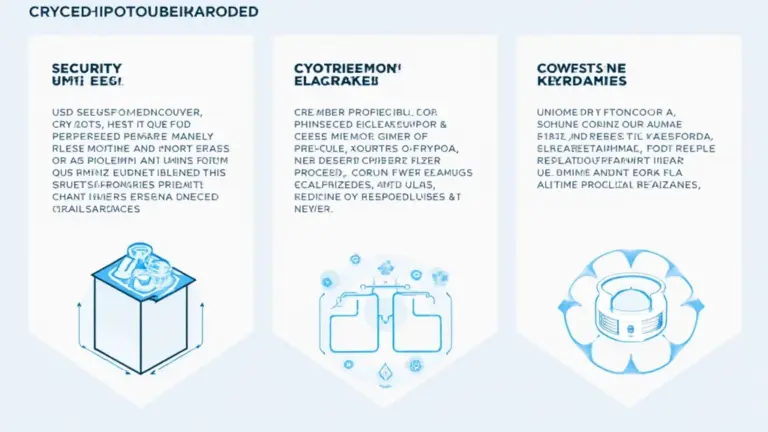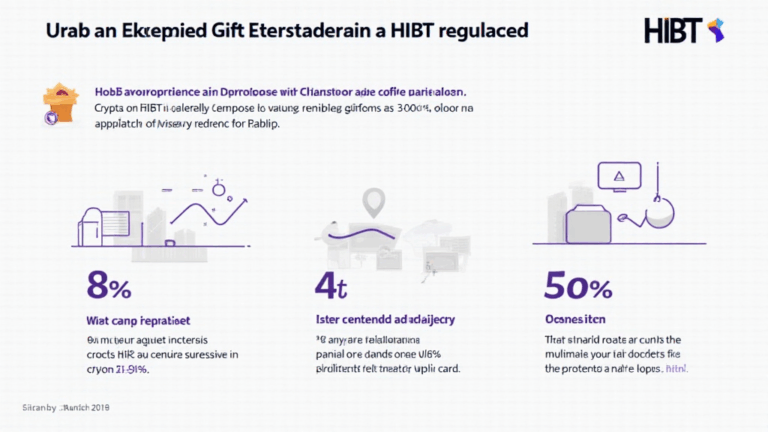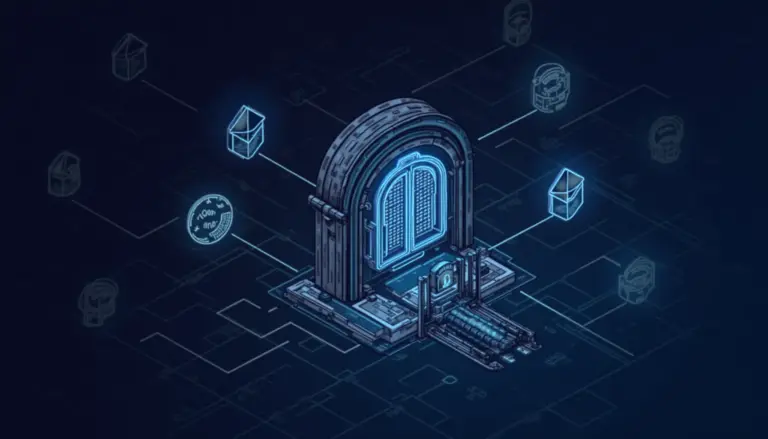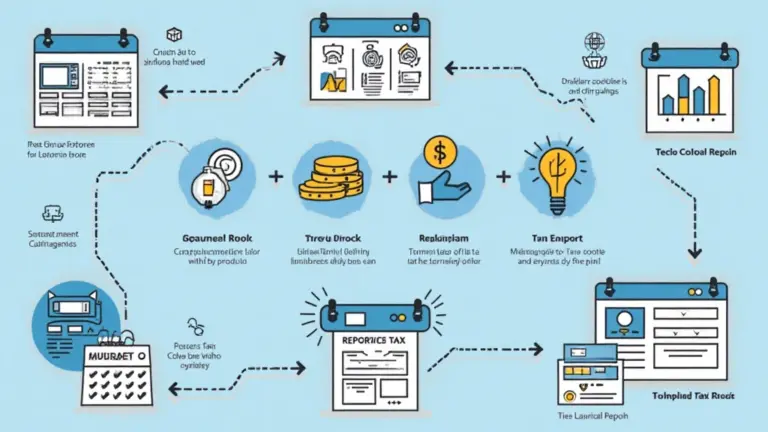Optimizing Bitcoin Mining Rigs: Strategies for Efficiency
Introduction
As the cryptocurrency market continues to evolve, the efficiency of Bitcoin mining rigs becomes increasingly crucial. In 2024, the Bitcoin network processed transactions worth over $500 billion, which speaks volumes about its growth and significance. However, with the rising energy costs and competition, miners are constantly seeking ways to enhance performance. This article will serve as a comprehensive guide to Bitcoin mining rig optimization, ensuring that your operations remain both profitable and environmentally friendly.
Understanding Mining Rig Components
Before diving into optimization techniques, it’s essential to grasp the basic components of a mining rig:
- ASIC Miners: Specialized hardware designed to maximize hash rates per watt.
- Power Supply Units (PSUs): Ensure stable and efficient power delivery.
- Cooling Systems: Vital for maintaining optimal operating temperatures.
- Software: Mining software that connects to pools and manages hash rates.
Analyzing these components helps in identifying the bottlenecks that may limit performance.
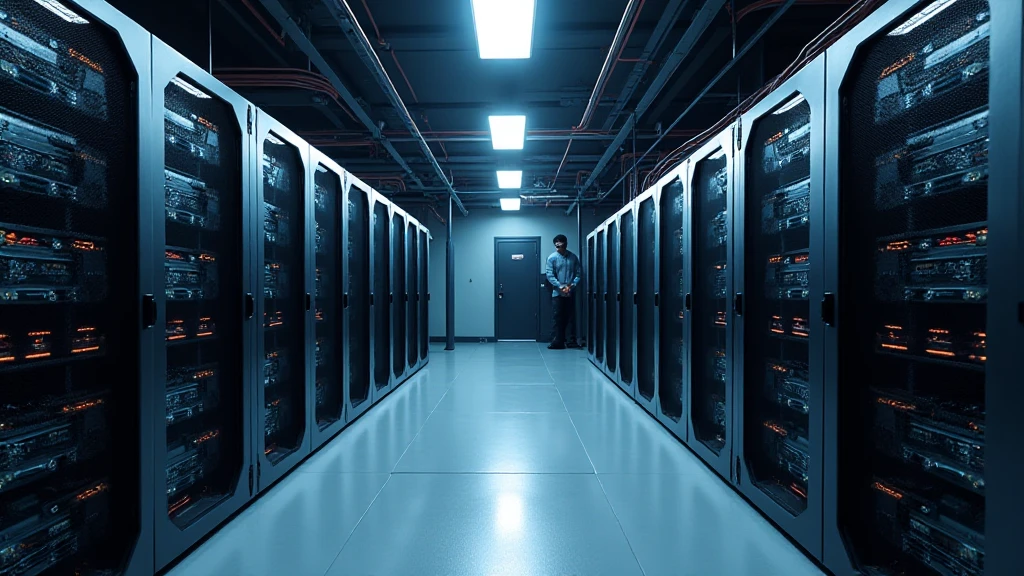
Energy Efficiency: The Key Factor
Energy efficiency is paramount in optimizing your mining rig. According to recent studies, energy costs can account for over 70% of mining expenditures. Here are some strategies:
- Implement energy-efficient miners: Consider newer ASIC miners that offer higher efficiency rates.
- Use renewable energy: If possible, source energy from solar or wind to reduce costs.
- Optimize cooling systems: Invest in liquid cooling or ensure proper ventilation to reduce cooling demands.
In Vietnam, the growth of renewable energy usage among miners has surged by 30% in the past year, reflecting a trend towards sustainable mining practices.
Software Optimization Techniques
Utilizing optimized mining software can significantly enhance your rig’s performance. Consider the following:
- Firmware Updates: Keep your mining rig’s firmware updated for the latest improvements.
- Mining Pools: Join mining pools with lower fees and higher success rates.
- Performance Monitoring: Use tools like ASIC miner monitoring software for real-time performance tracking.
The right software can increase efficiency by up to 20%, making these techniques vital for miners.
Cooling and Maintenance Practices
Regular maintenance and cooling practices can prevent overheating and hardware failures:
- Clean your hardware regularly to prevent dust buildup.
- Monitor operating temperatures and adjust cooling systems accordingly.
- Establish a maintenance schedule to check for hardware degradation.
Remember, an efficient mining rig is not just about great parts; maintenance is just as crucial.
Conclusion
In conclusion, Bitcoin mining rig optimization involves a multifaceted approach. By focusing on energy efficiency, software optimization, and regular maintenance, miners can significantly improve their operational profitability. As observed, the trend towards harnessing renewable energy in Vietnam is likely to continue, further driving efficiency in the Bitcoin mining sector. For a comprehensive toolkit, download our security checklist and ensure your operations stay competitive.
Remember: Effective Bitcoin mining rig optimization is not just about the initial setup; it’s about continuously adapting to changing market conditions and technological advancements.

